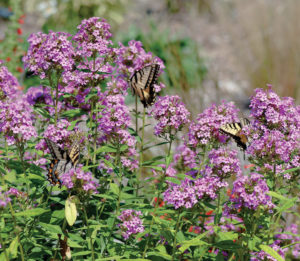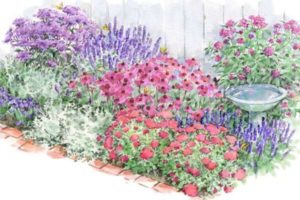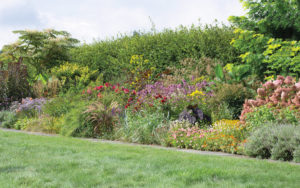By Jonathan Chesler
Assistant to the Head Gardener
As summer hits its high arc and the days grow technically but as yet imperceptibly shorter, Northeastern gardens are in full flush and bloom. Pick-your-own produce places pop up and roadside farm stands fill out with signs for ‘Native Corn’ and ‘Native Tomatoes.’ Despite the horticultural inaccuracy found on those placards and in other cases, it’s noteworthy that a plant’s native status is emphasized as an important selling point. True, while everything is native to somewhere, for our purposes, native plants are those that have been found in the Northeast (New England) from pre-Colombian times.
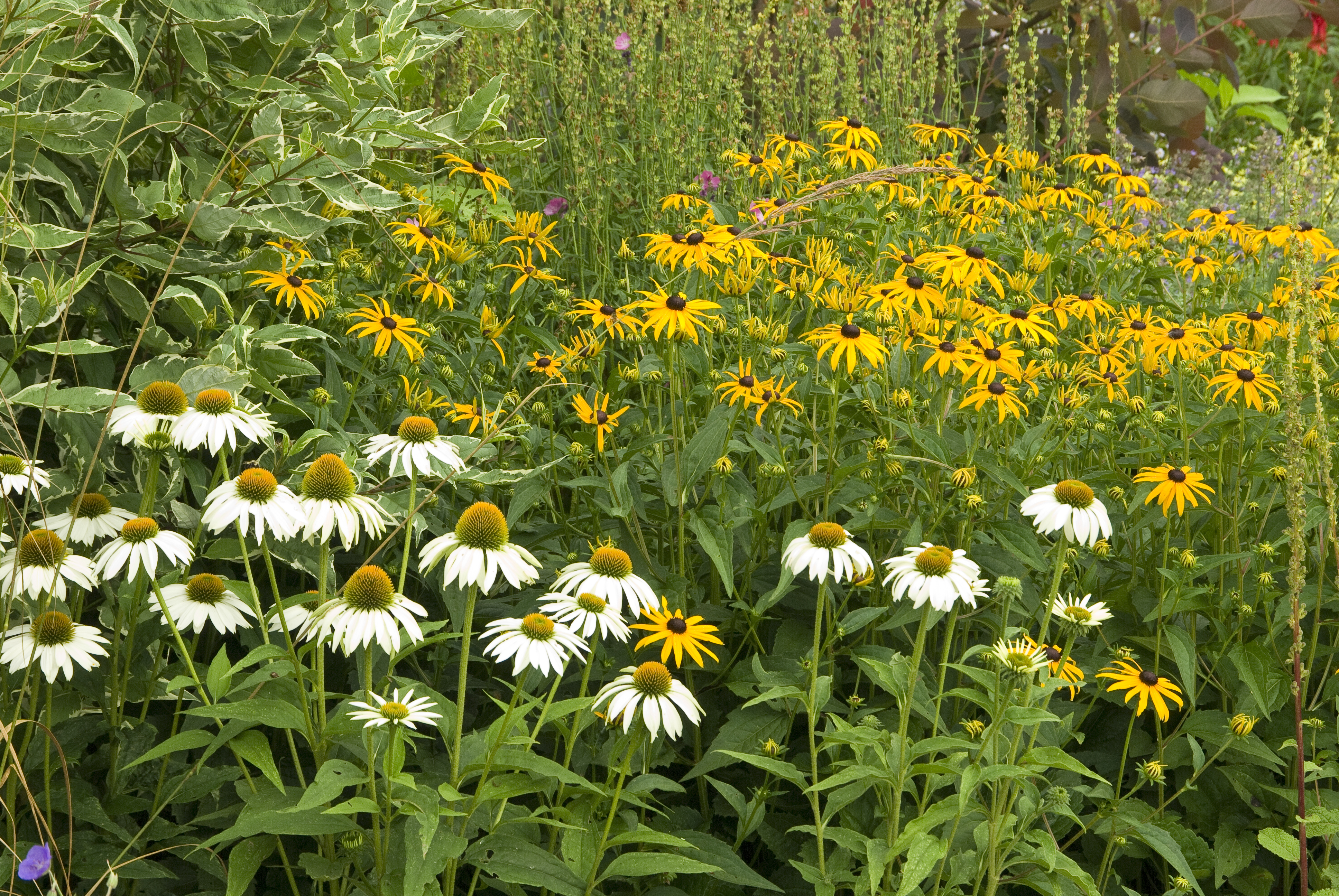
So why the interest and excitement over natives? Firstly, native plants ask for few resources upon seeding or planting them, and they also give back in abundance. As these plants have co-evolved with native butterflies, moths, birds and the like, they are recognized as sources of food, and good food at that. It’s not by coincidence that White Flower Farm’s Butterfly Magnet Collection, Monarch Butterfly Collection, and Pollinator Garden for Sun heavily favor native cultivars; e.g. Liatris, Phlox, Echinacea, Milkweed, Agastache, and Coreopsis (in no particular order).
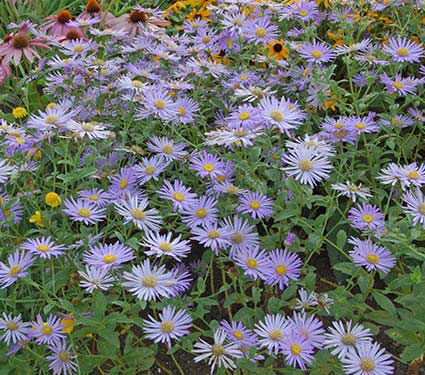
When properly placed and established, native plants are vigorous players that usually outperform newcomers when the vagaries of nature throw drought, inundation, disease, and predatory herbivores their way. Not to say that they cannot be affected and even succumb to the aforementioned, but they often can overcome such problems with minimal care. This leads us to the next point: native plants generally don’t need as much water, fertilization and disease control as non-natives. This leaves you more time to fuss over other areas of the garden, or perhaps a chance to sit back and enjoy!
Finally, despite increasing popularity, natives and native cultivars are uncommon enough to elicit surprise, yet they’re entirely familiar and fitting in our gardens. No matter what kind of environmental conditions you have in your garden, or what kind of color or effect you’re looking for, you’re sure to find a native that excels in one or more areas. Dry or wet, shady or sunny, small or expansive — there are plenty of choices that are horticulturally interesting in leaf, form or flower. What follows here are some native highlights best seen in fall, before New England’s lakes and ponds release their stored summer heat and before morning mist and leaf peepers displace the snowbirds heading south.
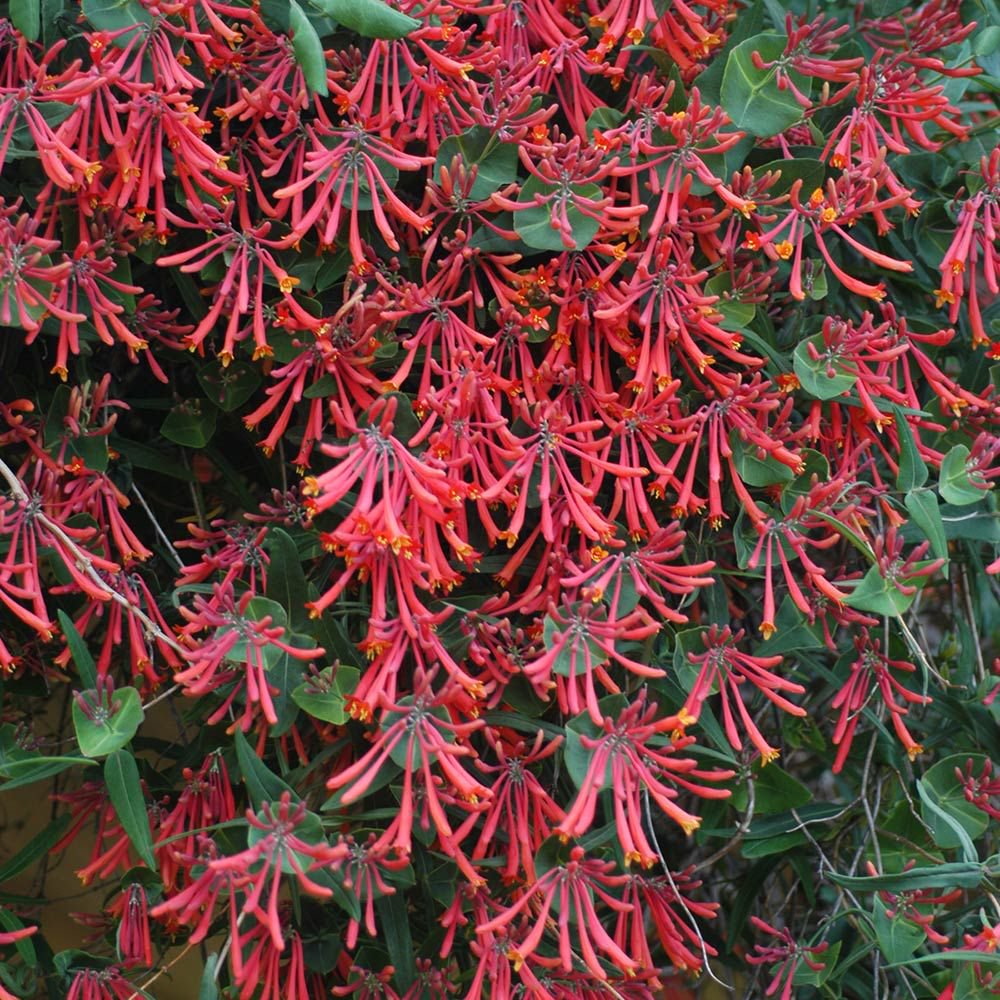
While correlation does not imply causation, native fall flowers seem to hit their stride just as ‘Back to Skool’ advertisements begin to appear. Liatris, Coreopsis, and Monarda (Bee Balm) recede as Trumpet Honeysuckle, Autumn Phlox and Ox-eye Daisies continue their earlier summer shows into early autumn’s prime-time. Echinacea, Rudbeckia and Asters are in full effect. As vacations end and grumbling begins, optimistically bright Black-eyed Susans are true pick-me-ups and are as quintessentially New England as clam chowdah and apple pie.
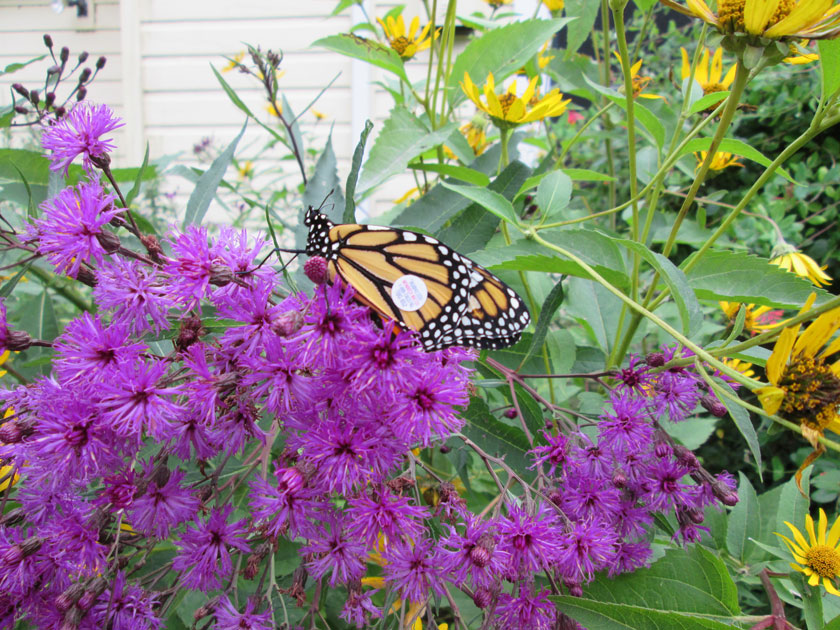
The Goldenrods flower, as does Vernonia novaboracensis, New York Ironweed. White Flower Farm offers the Ironweed cultivar ‘Iron Butterfly,’ which tops out at about 3’, far below the impressive 6-8’ potential of the straight species, making it far more practical scale-wise for most gardens. It’s a strong favorite of Monarch butterflies, and the persistent seed heads fade to a rust color in the fall, giving it the common name. The seed heads are treasured by birds in the winter.
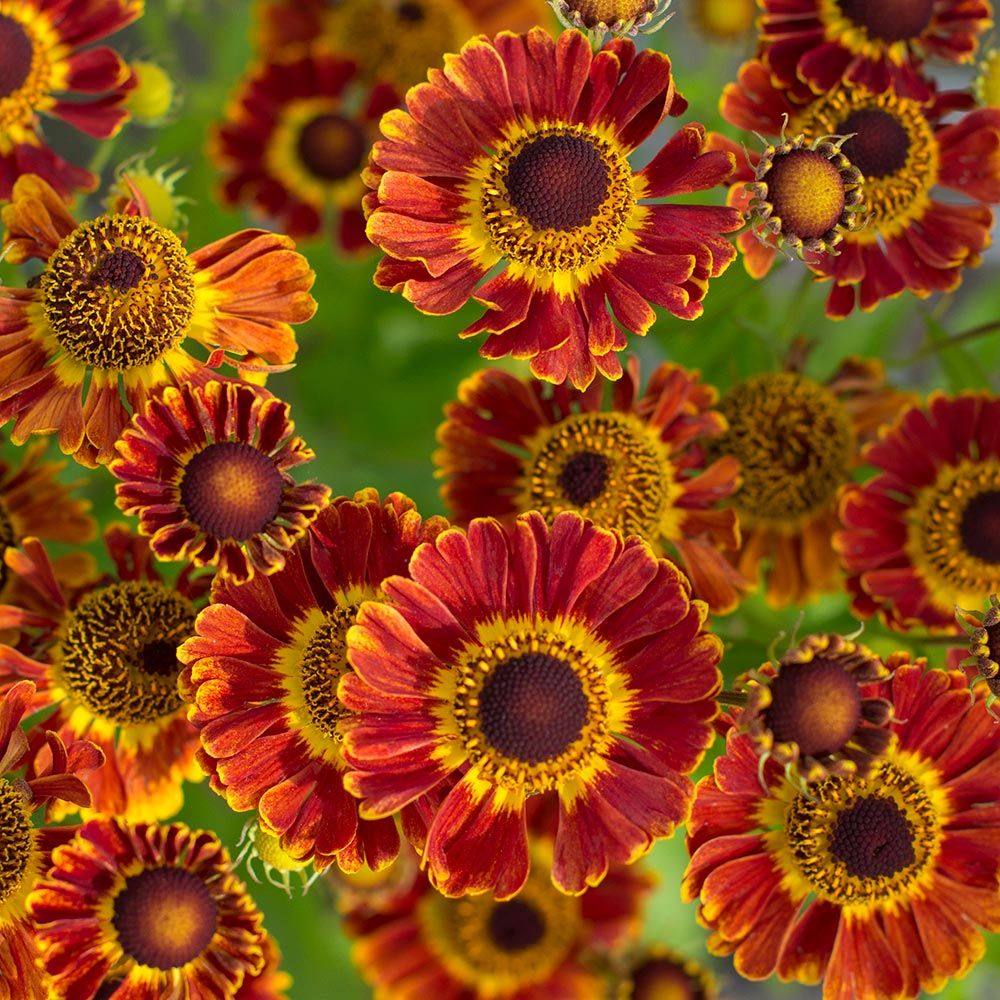
Another spectacular fall flower is Helenium autumnale, which is also called Dog-tooth Daisy or Sneezeweed. Beyond the straight species’ pure orange-yellow are brighter yellows and reds and oranges best found in the Mariachi™ series, which is also offered and grown here at White Flower Farm. Chelone glabra, Turtlehead, can be a late-to-the-party, white- or pink-flowered, deep green-leafed shade-tolerant plant, which, contrary to much of what’s written, can handle sun, if provided with enough water.
Eragrostis spectabilis, Purple Love Grass, appears at this time as well, along roadsides and in our new Native Garden designed by Head Gardener Cheryl Whalen. The light and feathery, relatively low seed heads are more of a 1980’s neon pink than purple, but semantics notwithstanding, and as the Latin implies, it’s a spectacle not to be missed.
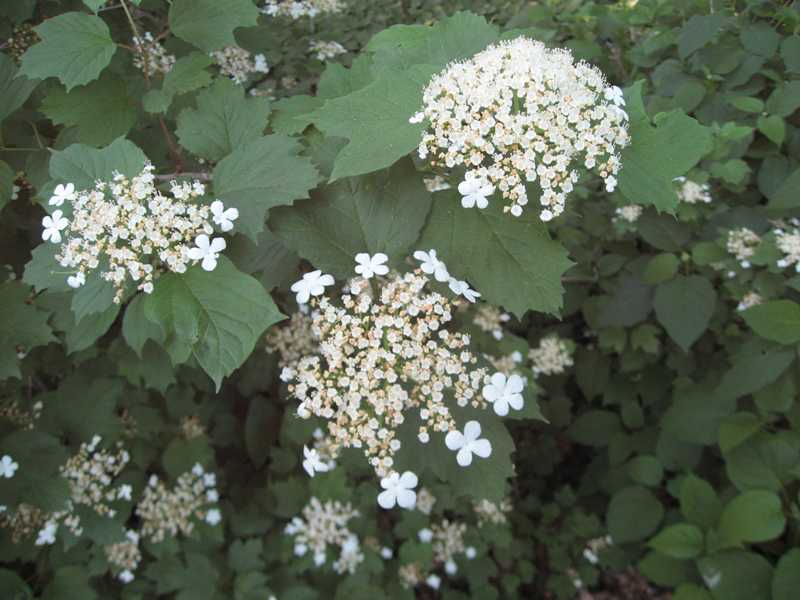
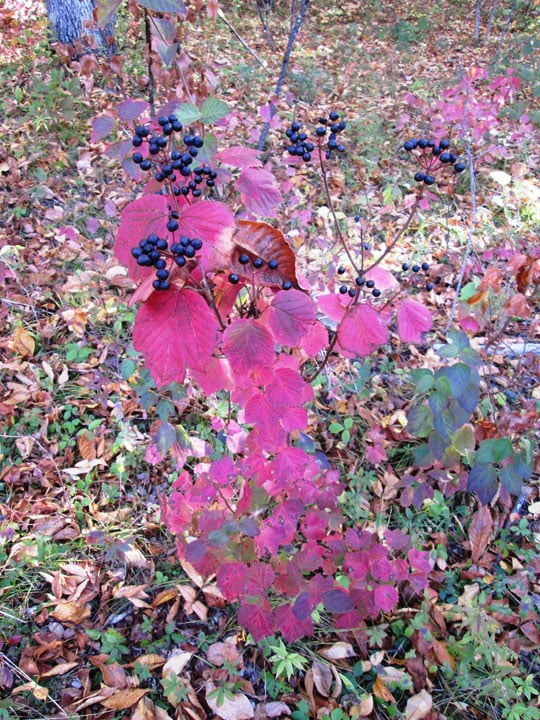
In addition to flowers, shrubs small and large come into their own just as signs for New England’s Fall Fairs start appearing by roadsides, framed by the aforementioned Eragrostis. Red or black, you win either way with Chokecherry roulette. The fiery red foliage is a feast for the human eye, and for many a hungry bird to boot. And while most people fend off angry birds to protect their blueberry crop, Blueberry bushes both high and low are surprisingly undervalued for their foliage, which I find even more attractive than the Chokecherries, and far superior to the invasive, thornily ornery Berberis thunbergii, more commonly known as Japanese Barberry. If you prefer the hot pink fall foliage of Barberry to the redder Blueberry, there is still a native answer – Viburnum acerifolium, Maple-leaved Viburnum. This understory shrub is eye-catching and, like the Chokecherries, its berries are inedible for humans but delicious to our avian companions.
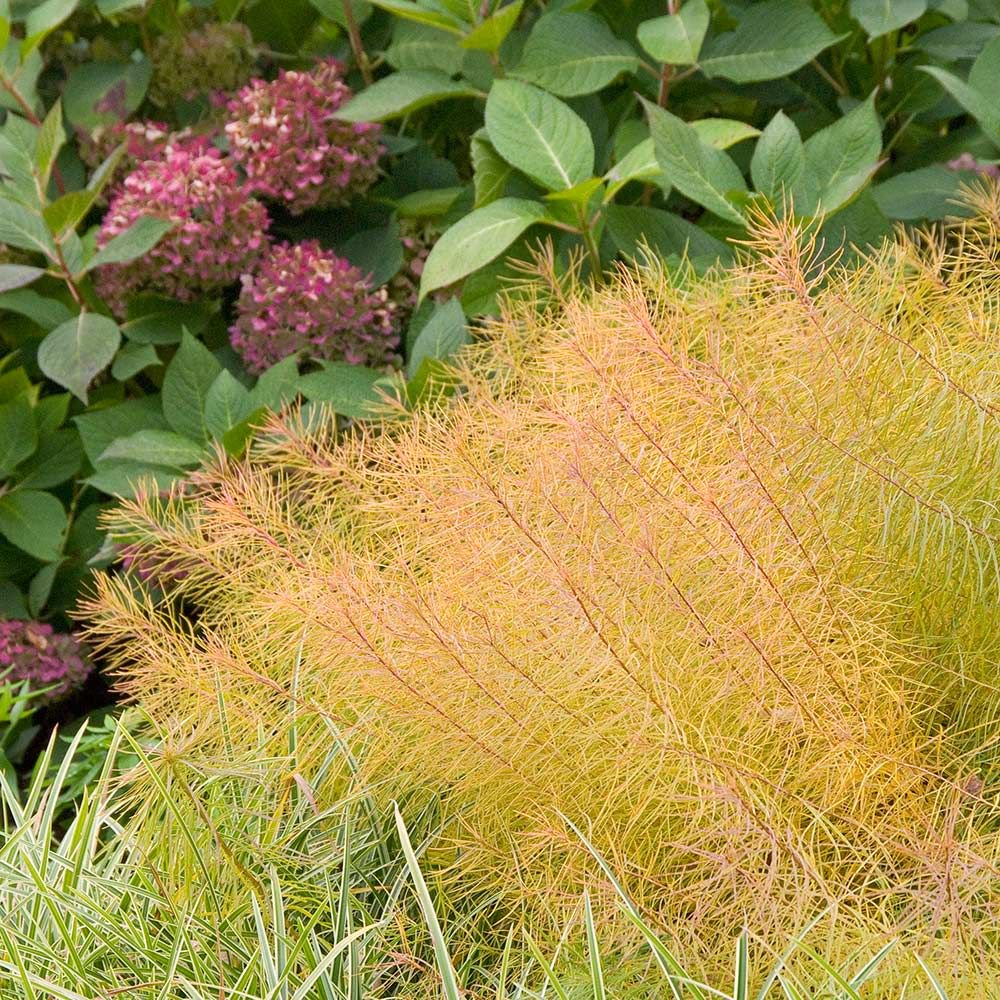
In addition to brilliant colors, there is a wide variety of natives that offers interesting foliage textures to Northeast gardeners. While many of the above have small leaves and the Amsonias in particular take fine texture quite seriously, Hydrangea quercifolia, the Oak-leaf Hydrangea, and Rubus odoratus, or Flowering Raspberry, have broad leaves and coarse texture. Both need a fair amount of room, and they tolerate or prefer light to part shade. Shade will reduce bloom size and number, but if that’s not the goal, they can fill in space very nicely. I have an Oak-leaf Hydrangea that was slammed into a lightly shaded corner quickly before the frost two years ago, but it has responded so well in form and flower that the most temporary solution became the most permanent.
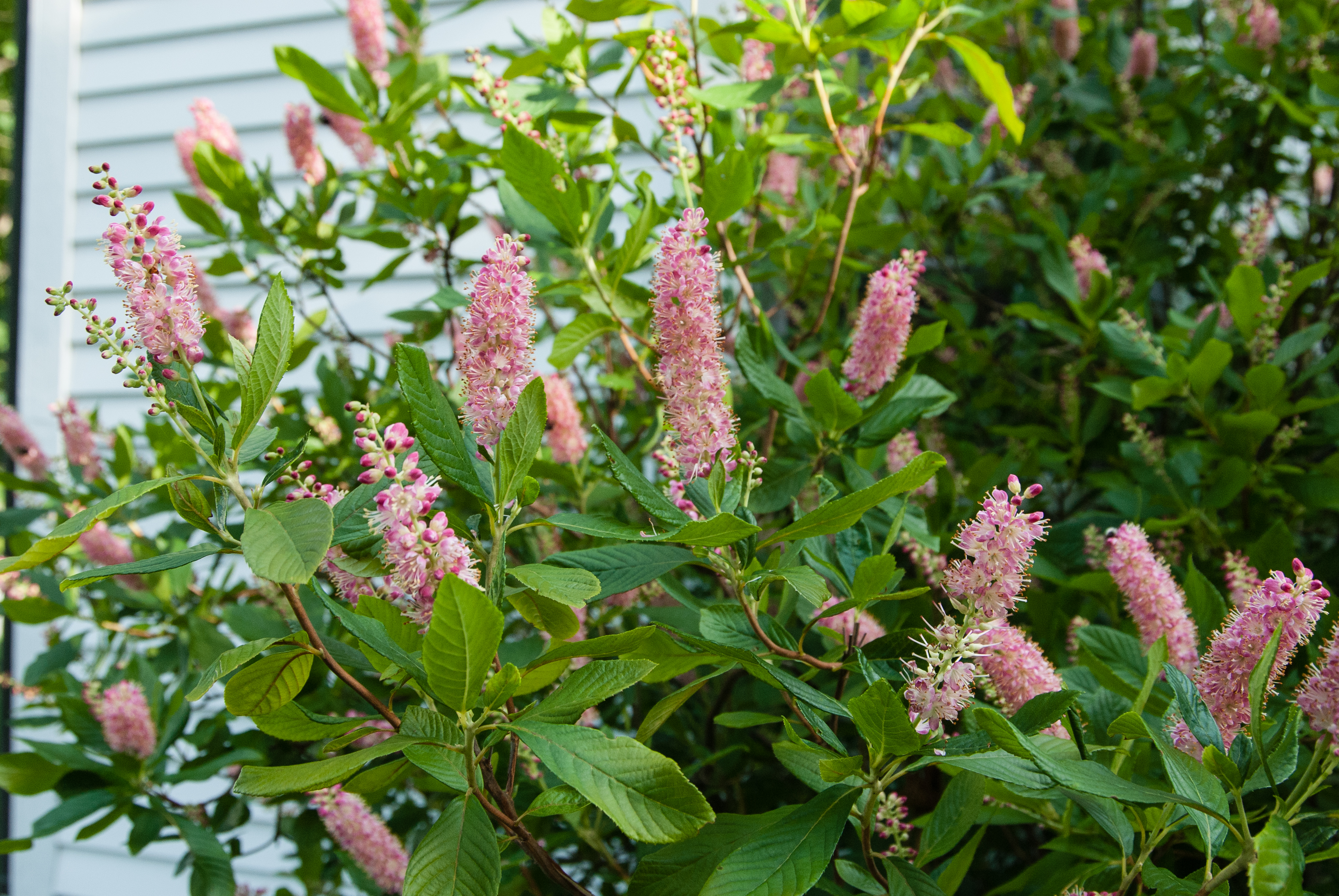
The Oak-leaf Hydrangea’s spectacular orange, scarlet and purple extends its seasonal interest and contrasts the lemon yellow of the Flowering Raspberry. In addition to the red and pink fall foliage described above, Lindera benzoin or Spicebush, Clethra alnifolia or Sweet Pepperbush, and Amsonia tabernaemontana or Bluestar, provide attractive yellows to brighten the fall color palette.
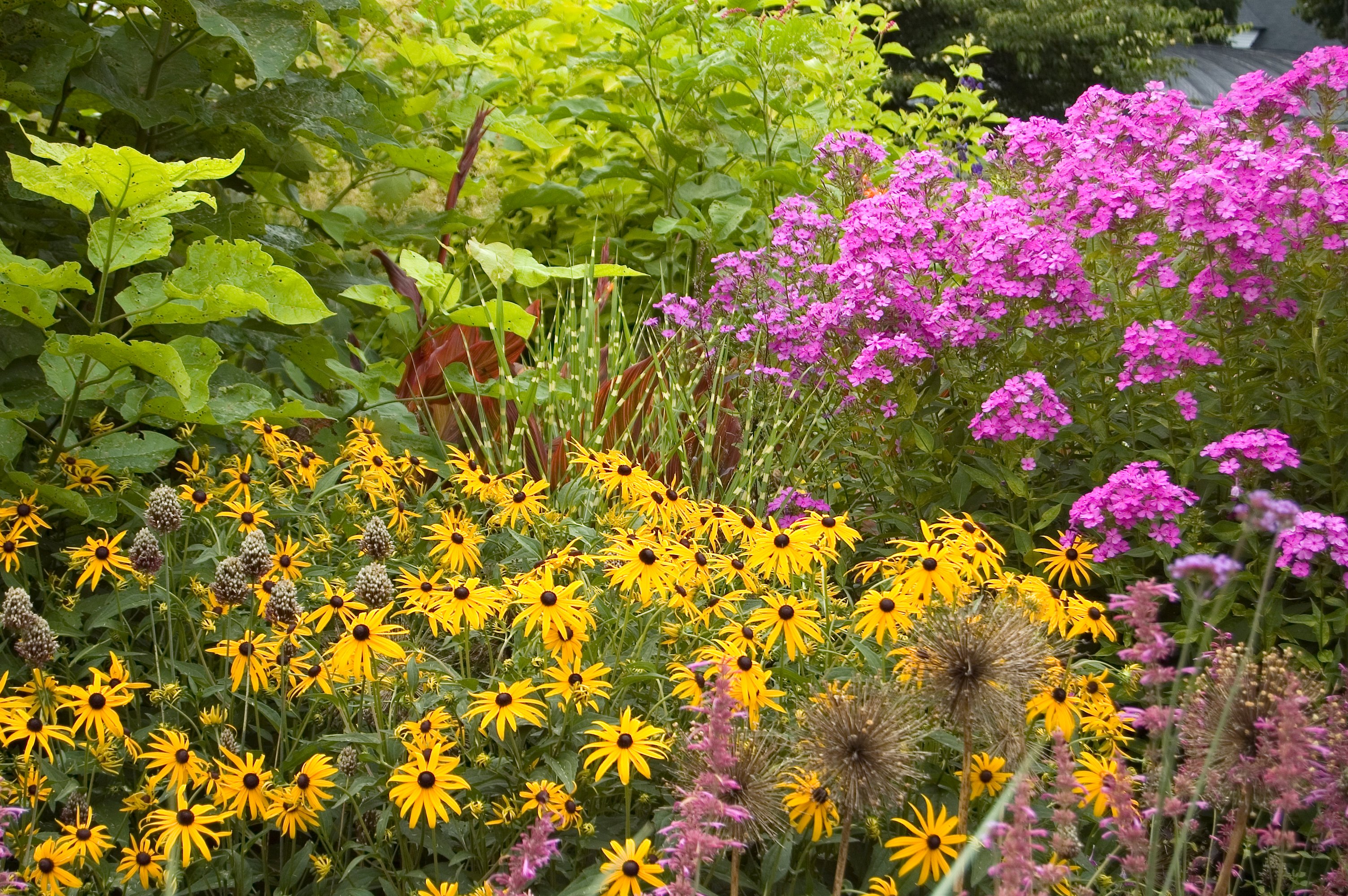
In this New-York-minute scramble through the ancient Adirondacks, past Congregationalist churches, “Native Corn” farm stands and “Pick Your Own” pastures, I hope you’ve sensed the wide variety of available native plant material, whether you aim for sun or shade, big or small, flower, leaf color or shape, or edibility for yourselves or for friendly fauna. So explore, and indeed, pick your own!
[Editor’s note: Among the images here are plants that are not the straight species referred to in the article. Several are what is called “improved” varieties, which means they’re bred from natives with the intent of enhancing particular characteristics such as form, blossom size or color, hardiness, etc. Those who interpret “native” most strictly may wish to seek out the straight species forms of each plant.]

